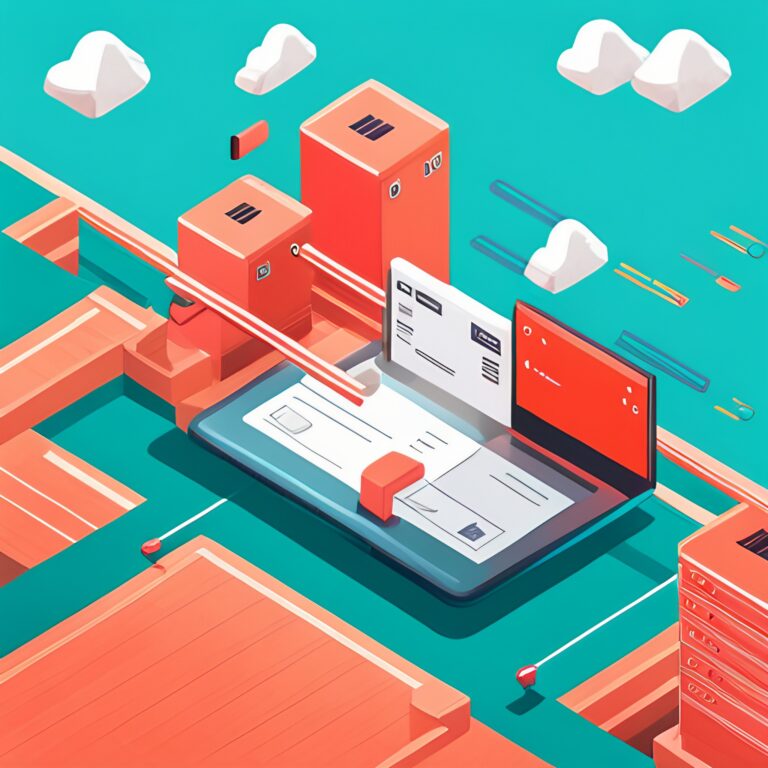Defeating Churn: Prevention Strategies

When subscribers or customers stop doing business with a company or using a product or service, this is customer churn. Losing customers like this can negatively affect their income, reputation, and market share. Customers have dozens of choices today, so keeping them from leaving for your competition is essential to your business’s long-term growth.
It’s essential to have strategies to meet customer needs and ensure they’re happy with your business to encourage brand loyalty. Companies can keep making money and build long-lasting customer relationships by figuring out why customers leave and taking practical steps to stop it.
Related: Introducing The Data Love Co.
What Is Churn Risk?
Churn risk is the chance that your customer will stop doing business with your company in a set timeframe. It gives businesses an educated guess on how many customers they may lose going forward, and this helps the businesses take steps to retain them. Not meeting expectations, poor customer service, market changes, and steep competition increase churn risk.
Businesses can restructure their strategies by studying churn risk to retain the identified group of high-risk customers. In turn, this can help ensure their effects are efficient and effective. In the end, knowing about churn risk is essential for keeping and growing business relationships strong.
What Causes High Churn Rates?
High churn rates are frequently the result of a combination of factors that reduce customer satisfaction and loyalty. Among the primary causes are:
- Inadequate Product/Service Quality: Customers expect value; a disconnect between expectations and delivery can cause dissatisfaction.
- Poor Customer Service: Bad service interactions or problems businesses don’t address may damage trust.
- Lack of Engagement: Customers may feel undervalued if they don’t get regular updates or personalized experiences.
- Competitive Market Dynamics: Customers can leave if there are better options or more aggressive competitors.
- Price Sensitivity: People may leave if prices go up without a reason or if they can find better deals elsewhere.
Failure to consistently meet or exceed customer expectations can result in high churn rates.
Is your business suffering from data overload and you have no idea how to take this data and turn it into usable insights? Contact us at The Data Love Co. for tailored solutions.
Why Is Preventing Churn Important?

Preventing churn is crucial for several reasons, and they include:
- Sustained Revenue: Keeping current customers means a steady flow of income, which protects financial stability.
- Lower Acquisition Costs: Getting new customers is usually more expensive than keeping the ones you already have. Less churn means less money spent on marketing and getting new customers.
- Customer Lifetime Value: Long-term customers spend more and may even spread the word about your business, called organic growth.
- Feedback Loop: Loyal customers provide valuable feedback, helping with product or service improvements.
- Reputation Management: High churn can be a red flag to potential customers, impacting a company’s image.
Preventing churn enhances profitability, fosters growth, and solidifies a brand’s market standing.
Related: How Customer Intelligence Steals the Show
The Main Causes of Customer Churn (And How to Prevent Them)
In the complicated business world, knowing why customers leave and finding ways to keep them loyal to your business can mean the difference between growth and stagnation.
1. Problem: Targeting the Wrong Customers
When your marketing fails, you might end up with customers who aren’t a good fit for your products. When customers and businesses don’t work together as they should, it can cause disappointment and quick customer turnover, hurting marketing investments and growth plans.
Solution: Create Targeted Buyer Personas
Businesses can tailor their outreach by carefully making and using buyer personas. These personas show the traits, needs, and behaviors of ideal customers. They ensure that marketing messages get through to real people, creating interest and a better fit with the brand’s main products.
2. Problem: Lack of Accessibility and Functionality
Customers’ experiences with a service are ruined if they run into problems while trying to access or use it. People may get frustrated with complicated interfaces, slow response times, or features that don’t work well, which can make them question the use and value of their investment.
Solution: Talk to Your Customers
Setting up open lines of communication, like user surveys or feedback forums, can give you a lot of helpful information. Businesses can find pain points, get first-hand user feedback, and improve their product or service based on honest customer feedback and needs when they engage with customers directly.
3. Problem: Customers Moving to Competitors
There are a lot of choices on the market today. If a competitor offers something that looks better or seems like it would be more valuable, customers might switch. Better features, lower prices, or sales appeal could cause changes like these.
Solution: Optimize Your Pricing Structure
You can keep your prices competitive and value-driven by looking at the market regularly. Pay attention to what your competitors are selling and make changes as needed. To do this, you could offer tiered pricing, bundle services, or create loyalty programs showing customers the benefits of sticking with your company.
4. Problem: Customer Cancellations
It’s a red flag when customers cancel on their own. This choice usually comes from expectations not being met, seeing things as inefficient, or not liking how something compares to other options, showing holes in the user journey or value delivery.
Solution: Shift Focus to Customer Retention
Boost efforts to keep customers by making engagements stronger after the sale. This could include vital customer service, learning materials, or ways for people to give feedback. Businesses can lower customer dissatisfaction and the desire to cancel by making certain customers feel heard and valued.
5. Problem: Poor Customer Engagement
Engagement is what keeps people coming back. Customers lose interest in a brand when they feel distant or disconnected. They might think the brand isn’t relevant if they don’t see any meaningful interactions, updates, or content.
Solution: Communicate on Multiple Channels
Adopt a strategy for communicating using multiple channels. Different touchpoints, like email newsletters, social media posts, webinars, and community forums, can be used to meet a broad range of customers’ needs. This will keep the brand visible and boost its perceived value.
6. Problem: Customers Not Renewing Services
The customer has lost interest when a service period ends without being renewed. Customers may not think the ongoing value is worth the price or have found other options that look better or more up-to-date.
Solution: Offer Existing Customers Incentives to Stay
Loyalty should be rewarded. Give special perks, discounts, or early access to features to customers who have already bought from you. These actions show appreciation and reinforce the benefits of staying with the brand, making customers feel like they’re in a unique position by sticking with it.
Are you losing customers and having trouble connecting with them to build brand loyalty? At The Data Love Co., we’re all about fostering lasting, valuable connections, and we’ll tailor a strategy to help your business thrive!
Prevent Churn and Retain Customers With The Data Love Co.

Use The Data Love Co. to get the most out of in-depth analytics. Our data-driven solutions find possible explanations for why customers left, which lets you make plans ahead of time to retain them. Learn a lot about how your customers act, spot trends, and build loyalty to ensure your business does well in a competitive market. Join forces with us to keep your customers close.
Related: The Data Love Crystal Ball







